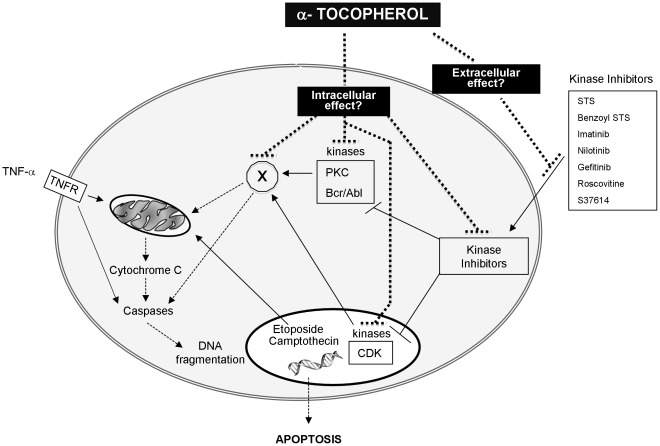Figure 6. Schematic representation of the potential non-antioxidant properties of α-tocopherol on different pharmacological classes of anticancer drugs.
Two hypotheses may be arisen in regards to the non-antioxidant protective role of α-tocopherol against the action of preclinical and clinical protein kinase inhibitors. The vitamin may either act outside the cells by preventing the different drugs to enter within the cell (extracellular effects) or inside by blocking the signalling pathway leading to death (intracellular effect). In the first case, we could imagine that α-tocopherol directly binds to the cytotoxic compounds or change the permeability of the cytoplasmic membrane to render it impermeable to this kind of inhibitors. In the second case, α-tocopherol would either directly act on (i) the kinase inhibitor, (ii) their targets or (iii) a common signalling partner engaged upon kinase inhibitors treatment and supposedly leading to death ( = “x” protein).

